
Activities for Spanish language learners and teachers.
- Subject:
- Arts and Humanities
- Material Type:
- Unit of Study
- Provider:
- University of Southern California
- Author:
- Andrea Parra
- Carolina Sitnisky-Cole
- Date Added:
- 05/01/2018

Activities for Spanish language learners and teachers.
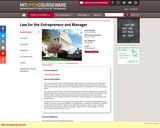
Provides a basic understanding of legal issues that corporations meet during their existence. Follows one firm throughout its life; from birth to bankruptcy, first as a breakaway from an established high-tech firm, then proceeding through initial funding efforts, establishment of its capital and corporate structure, and through problems in labor, trade secrets, contracts and antitrust, product liability, and resolution of transnational and domestic business disputes. This course provides a basic understanding of legal issues that corporations face during their existence. The course starts by providing the basic building blocks of business law. We then follow a firm through its life cycle from its "breakaway" from an established firm through it going public. The materials covered during 15.647 (the first half of the semester) emphasize the organization and financing of the company. In the second half of the course we examine a broad array of law-sensitive issues relating to intellectual property, product development, M&A transactions, international trade, the duties of directors and officers, business disputes, and bankruptcy and reorganization. The goal of the course is not to impart technical legal skills, but to enhance the judgment which students will bring to their responsibilities as entrepreneurs, managers in established companies, or consultants and advisors. There are two take-home exercises, and no exams.
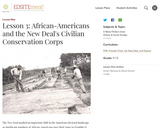
The Civilian Conservation Corps, a New Deal recovery and relief program provided more than a quarter of a million young black men with jobs during the Depression. By examining primary source documents students analyze the impact of this program on race relations in America and assess the role played by the New Deal in changing them.
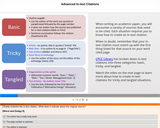
This LO demonstrates how to create in-text citations for tricky situations including more than one author, multiple quotes by the same source in a paragraph, corporate authors, electronic sources.
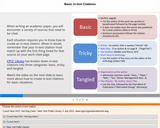
This LO demonstrates how to create the most common types of in-text citations.

This LO introduces how to correctly format a block quote following MLA 8.
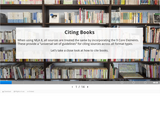
This LO covers how to create both the in-text citation and works cited citation for books.

This LO covers how to create both the in-text citation and works cited citation for most electronic sources students will encounter.

This LO covers how to create both the in-text citation and works cited citation for different types of multimedia including images, audio, and video.
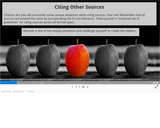
This LO covers how to create both the in-text citation and works cited citation for other types of sources that weren’t covered in previous lessons. It is less likely for students to encounter these types of situations.

This LO covers how to create both the in-text citation and works cited citation for periodicals.
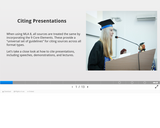
This LO covers how to create both the in-text citation and works cited citation for presentations.
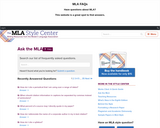
This LO presents a reputable website that consists of frequently asked questions and answers about MLA.
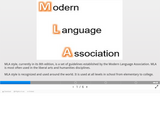
This LO identifies the basic components of an MLA formatted paper and familiarizes students with with MLA terminology.

This LO provides 20 questions for students to test their overall knowledge and prowess of MLA 8 format.

This LO explains the differences between quoting, paraphrasing, and summarizing. It restates the importance of citing sources and provides opportunities for student to practice.
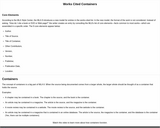
This LO explains how MLA 8 treats citations. It defines a “container” and explains how they are used.
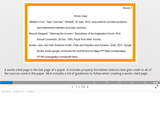
This LO introduces changes to works cited in MLA 8 and examines the connection between the works cited page and in-text citations.

This LO provides a review of the basic rules that need to be followed to create a works cited page for a variety of sources.
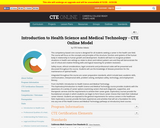
This competency-based core course is designed for all students seeking a career in the health care field. The course will focus on the concepts and principles of the structure, function and systems of the human body in relationship to human growth and development. Students will learn to recognize problem situations in health care settings as relate to direct and indirect patient care and they will demonstrate the use of critical and creative thinking skills and logical reasoning for problem resolution.Safety issues, ethical considerations, legal constraints and professional codes will be presented and discussed throughout the course. Students will use the knowledge of disease prevention for the maintenance of optimal health.Integrated throughout the course are career preparation standards, which include basic academic skills, communication, interpersonal skills, problem solving, workplace safety, technology, and employment literacy.